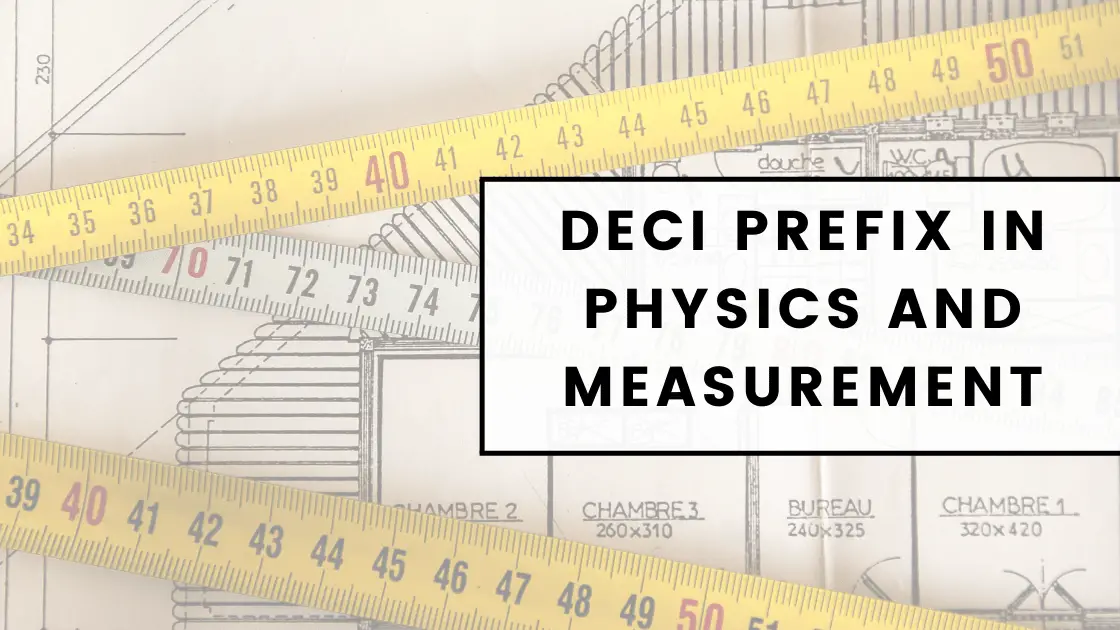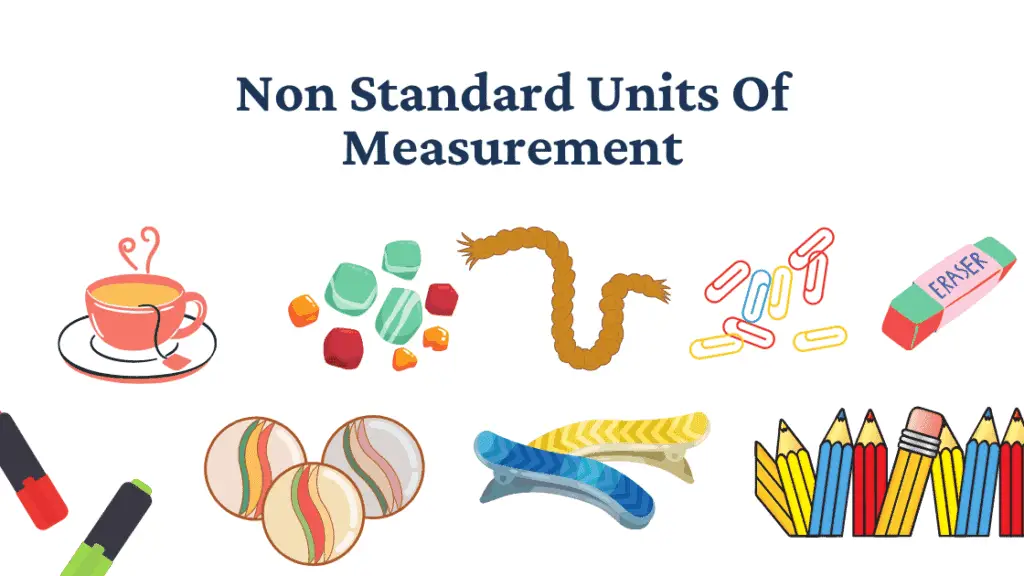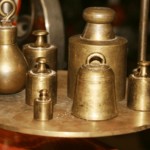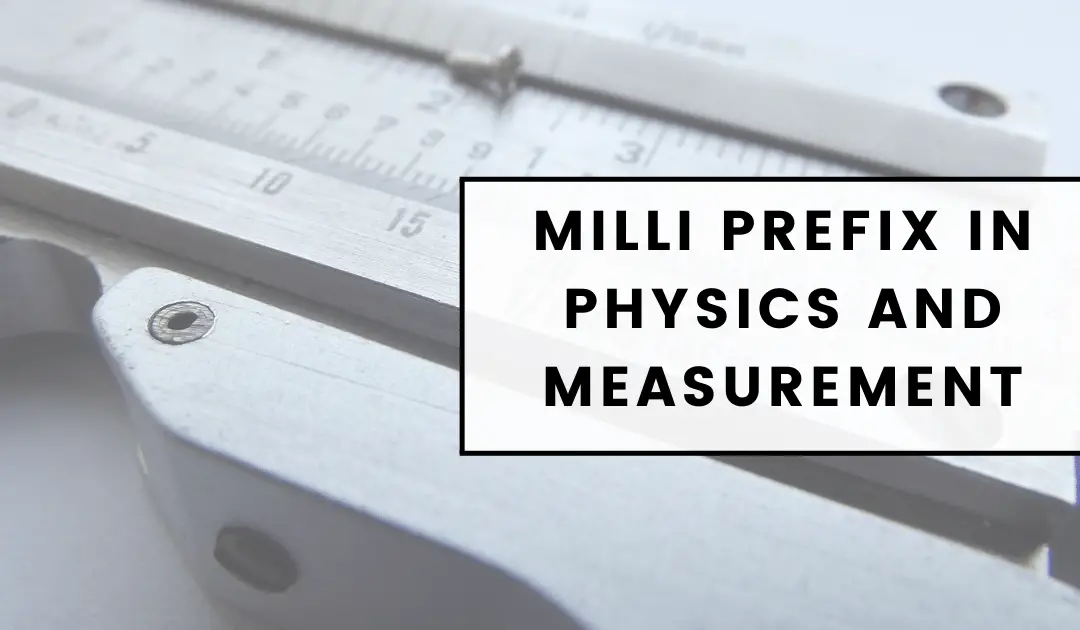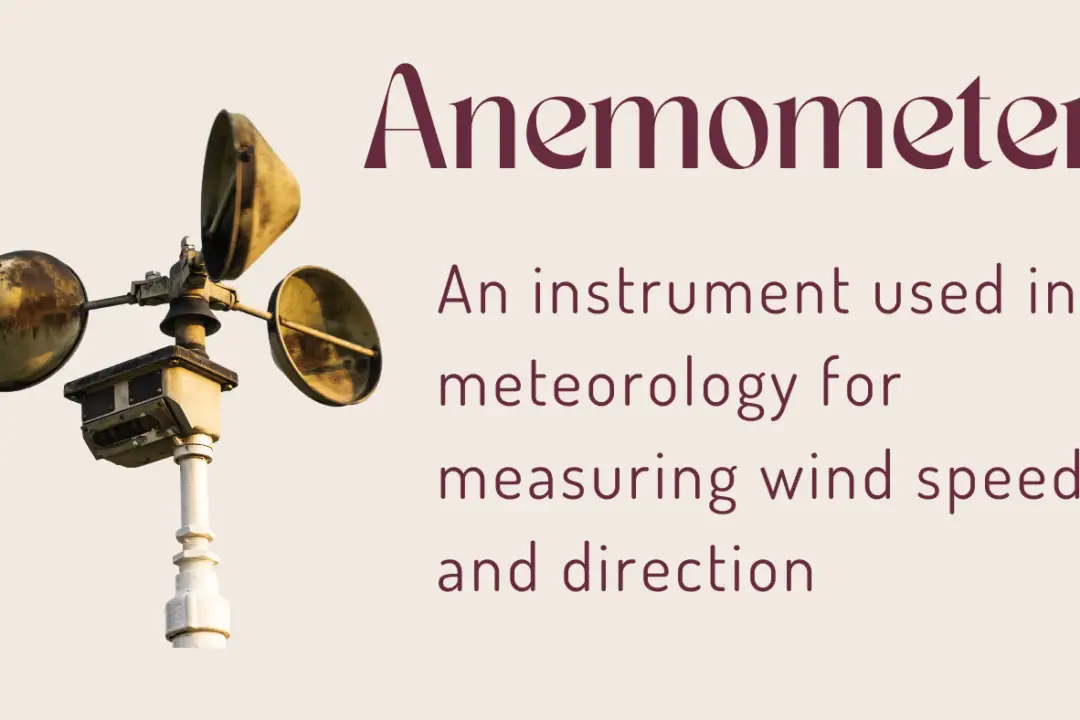In the field of physics, as well as in various scientific disciplines, it is often necessary to use prefixes to denote orders of magnitude. These prefixes make it easier to communicate and understand the scales at which we are operating. The “deci” prefix is one such commonly used term. It signifies that a particular unit is scaled down by a factor of ten.
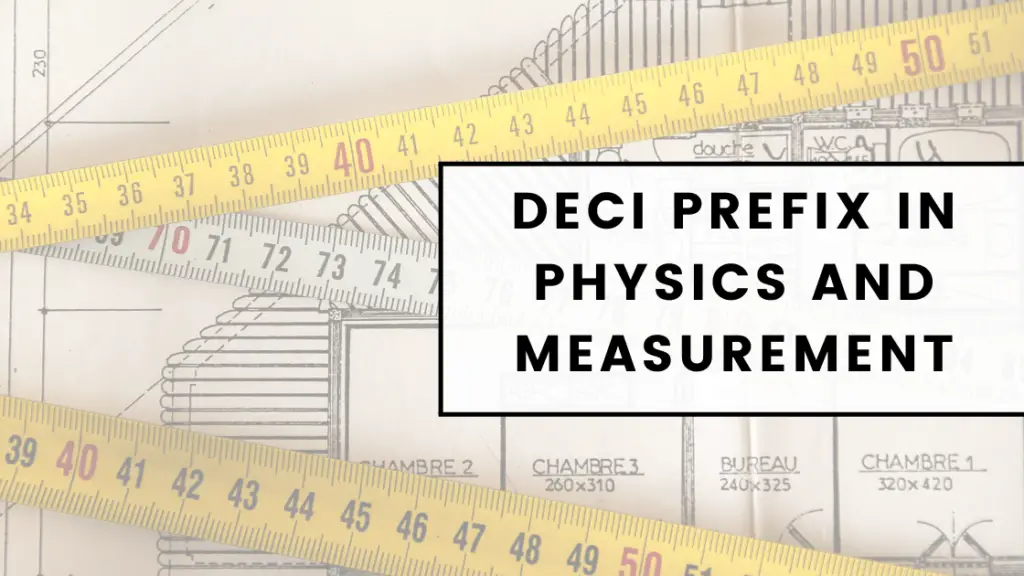
Deci Prefix
What does the prefix deci mean in the metric system?
The prefix “deci-” is a unit prefix in the metric system denoting a factor of \(10^{-1}\) or \( \frac{1}{10} \). It is denoted by the symbol \(d\).
Mathematical Representation for Deci Prefix
If \( x \) is the original unit, then the unit with the “deci” prefix is:
\[
dX = X \times 10^{-1}
\]
or equivalently,
\[
dX = \frac{X}{10}
\]
In terms of base units we have,
\[
\text{deci-unit} = 0.1 \times \text{Base unit}
\]
For instance, if you have a length measured in meters, 1 decimeter would be equal to \(0.1\) meters:
\[
1 \text{ dm } = 0.1 \text{ m }
\]
What quantity is represented by the metric system prefix deci?
Now we know that the metric system prefix “deci-” represents a factor of \(10^{-1}\) or \(\frac{1}{10}\) of the base unit. In physics, it is commonly applied to quantities like length, mass, and volume.
For instance, a decimeter (dm) is \( \frac{1}{10} \) of a meter, and a deciliter (dl) is \( \frac{1}{10} \) of a liter. This prefix facilitates precise and scaled-down measurements, making it useful in various sub-disciplines of physics.
Length
One decimeter (dm) would be \( \frac{1}{10} \) of a meter.
\[
1 \, \text{dm} = \frac{1}{10} \, \text{m} = 0.1 \, \text{m}
\]
Time
Decisecond (ds) is used rarely but it does exist.
\[
1 \, \text{ds} = \frac{1}{10} \, \text{s} = 0.1 \, \text{s}
\]
Mass
Similarly, for mass, one decigram (dg) would be \( \frac{1}{10} \) of a gram.
\[
1 \, \text{dg} = \frac{1}{10} \, \text{g} = 0.1 \, \text{g}
\]
Volume
In the context of volume, the “deci-” prefix is employed to indicate one-tenth of the base unit of volume, the liter. This results in the unit deciliter, denoted as \( \text{dl} \).
Mathematical Representation
The mathematical relation between a liter (L) and a deciliter (dl) is given by:
\[
1 \, \text{dl} = \frac{1}{10} \, \text{L} = 0.1 \, \text{L}
\]
Applications in Physics
The deciliter is especially useful in laboratory settings where precise volumes of substances are required for experimentation. For example:
1. Chemical Reactions: When mixing solutions in precise ratios, one might use deciliters to accurately measure volumes less than a liter but greater than a milliliter.
2. Fluid Dynamics: Experiments that require the measurement of fluid flow rates at a smaller scale may also employ deciliters to facilitate calculations.
3. Density Measurement: When determining the density of a substance in an experimental setup, one might measure its mass and volume in grams and deciliters respectively, for increased precision.
Thus, the unit deciliter offers a level of precision that is often required in specialized physics and chemistry experiments.
Importance of deci – prefix in physics
The use of “deci-” and other unit prefixes allows for quick and easy conversion between units of different magnitudes, thereby facilitating efficient communication of scientific data. For instance, it is simpler to say “2 deciliters” rather than “200 milliliters,” even though both represent the same volume.
Questions and Answers
What is the prefix for \(10^1\)?
The prefix for \(10^1\) is “deca,” denoted by the symbol \(da\).
Can we use “deci-” for units of speed?
Yes, you can use “deci-” for units of speed. For example, decimeters per second (\( \text{dm/s} \)) can be used.
How do I convert from meters to decimeters?
To convert from meters to decimeters, you can use the formula:
\[
1 \, \text{m} = 10 \, \text{dm}
\]
Is “deci-” commonly used in daily life?
It depends on the context. In scientific scenarios, it is often used, but in daily life, measurements like “deciliter” or “decimeter” are less commonly used compared to “centimeter” or “milliliter.”
What does “deci-” represent?
“Deci-” represents \(0.1\) or \(\frac{1}{10}\) times the base unit in the metric system.
Is the prefix “deci-” commonly used in scientific calculations?
While “deci-” is less commonly used compared to other prefixes like “kilo-” or “milli-“, it still finds specific applications, especially in everyday contexts such as measuring lengths and volumes.
How does “deci-” help in the uniformity of the metric system?
The prefix “deci-” helps maintain the system’s decimal-based standardization, ensuring that conversions are straightforward and less prone to error.
How is “deci-” different from “centi-“?
“Deci-” denotes a factor of \(0.1\) or \(\frac{1}{10}\), while “centi-” represents a factor of \(0.01\) or \(\frac{1}{100}\).
How can I convert from decimeters to meters?
To convert from decimeters to meters, you can use the formula \(1 \text{ dm } = 0.1 \text{ m }\).
Can “deci-” be used for all types of units?
Yes, “deci-” can be applied to any base unit in the metric system, although its usage varies depending on the context and the field of study.
This exposition should provide a comprehensive understanding of the “deci-” prefix, its mathematical representation, and its application in the field of physics. Feel free to explore the suggested readings for an even deeper understanding. For more information, you can follow this link.

